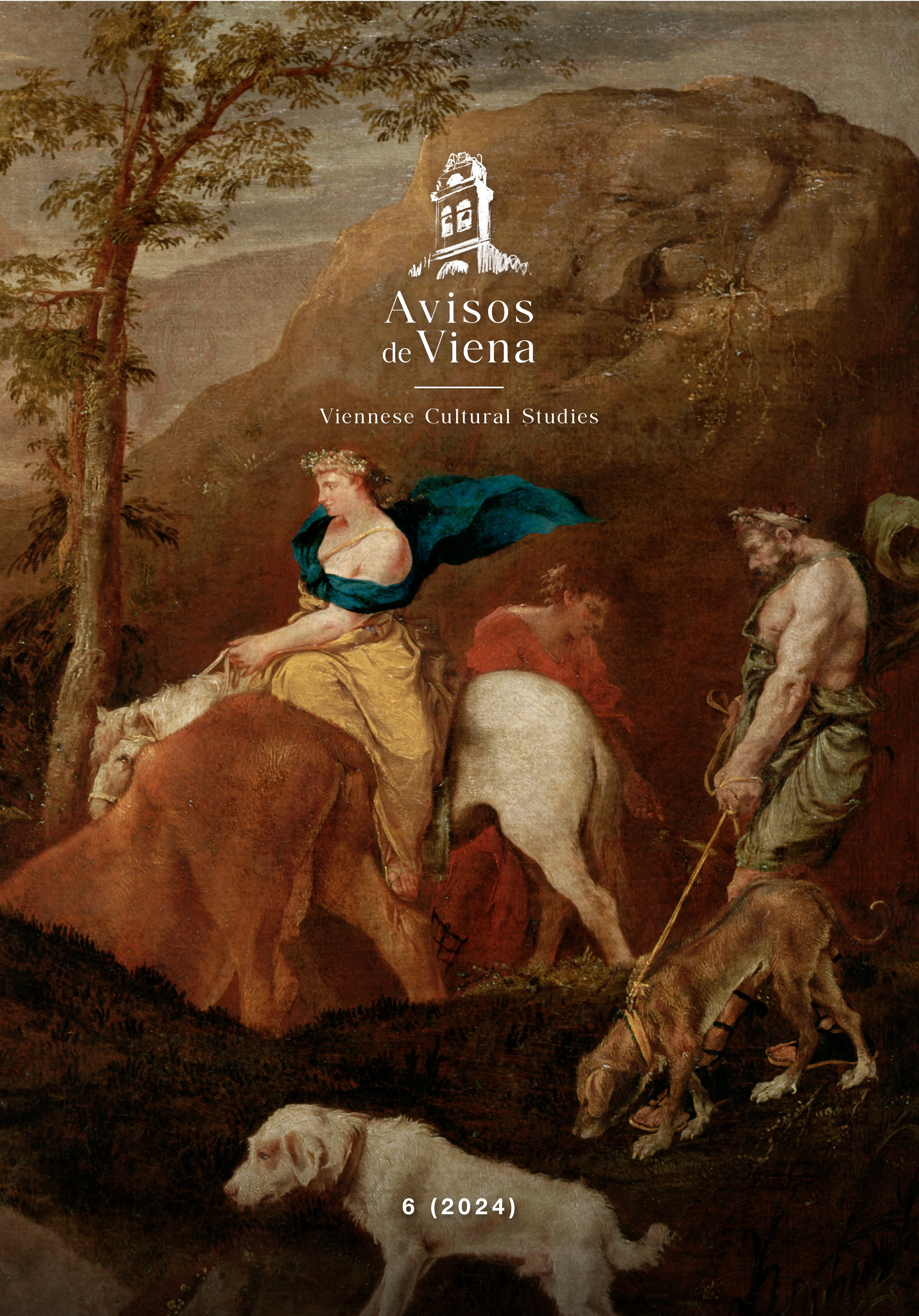«The women’s epidemic»
La mortalidad materna por fiebre puerperal en España en los siglos XIX y XX
DOI:
https://doi.org/10.25365/adv.2024.6.8520Keywords:
mortalidad materna, fiebre puerperal, siglo XIX, siglo XX, Puerperal infection, Childbirth complications, Historical medicine, Maternal mortalityAbstract
Puerperal infection has long been one of the most dreaded consequences of childbirth, with a high likelihood of a fatal outcome. Even today, it's estimated that 10% of all maternal deaths globally result from puerperal infection. The infection, often caused by bacteria such as Streptococcus pyogenes, presents with symptoms including fever, chills, abdominal pain, uterine subinvolution, diarrhea, vomiting, foul-smelling lochia, altered mental state, and even shock. If untreated, it can progress rapidly, leading to septicemia and death. Notable historical figures like Mary Wollstonecraft and Ignaz Philipp Semmelweis fell victim to this perilous condition, which prompted investigations into its causes. Early observations by figures like Alexander Gordon in the 18th century suggested a contagious nature, leading to recommendations for hygiene practices among birth attendants. Despite ancient recognition, understanding and combating puerperal fever remained elusive until modern medical advancements.
References
Adams, F. (1849). The genuine works of Hippocrates, books 1 and 3. London: Sydenham Society, pp. 339-420.
Arulkumaran, N., & Singer, M. (2013). Puerperal sepsis. Best Practice & Research Clinical Obstetrics and Gynaecology, 27, 893–902.
Blasco, G., Aguirre, M., & Maenza, J. (1863). Memoria presentada a la Junta provincial de Beneficencia por los señores D. Gerónimo Blasco, D. Manuel Aguirre y D. José Maenza, médicos de la Casa de Maternidad de esta Corte. La Clínica, 2(49), 787–791.
Cañellas Doménech, F. (1952). Mortalidad Maternal. Madrid: Ministerio de la Gobernación, Dirección General de Sanidad.
Carranza Ibáñez, R. (1885). De la fiebre puerperal considerada como entidad nosológica. Correo Médico Castellano, 2(20), 230–236.
Codell Carter, K. (1985). Ignaz Semmelweis, Carl Mayrhofer, and the rise of germ theory. Medical History, 29, 33–53.
Colebrook, L. (1956). The story of puerperal fever. British Medical Journal, 1(4961), 247–252.
Cortejarena y Aldevó, F. de. (1875). Observaciones clínicas referentes a los cuadros estadísticos publicados, y que comprenden un semestre y un curso solar completo. Anales de la Sociedad Ginecológica Española, 1, 47–57.
Gordon, A. (1795). A treatise on the epidemic puerperal fever of Aberdeen. London: G. G. and J. Robinson.
Instituto Nacional de Estadística. (1912-1972). Serie de anuarios estadísticos desde 1912 a 1972.
Instituto Nacional de Estadística. (1943). Fallecidos por enfermedades infecciosas. Anuario, 1,316–1,317.
Hallett, C. (2005). The attempt to understand puerperal fever in the eighteenth and early nineteenth centuries: The influence of inflammation theory. Medical History, 49(1), 1–28.
Isla y Boomburu, E. (1926). Sesión del día 30 de enero de 1926. Anales de la Real Academia de Medicina, 46(1), 66–69.
López de Morelle, J. (1878). Algunas observaciones sobre las casas de maternidad. Contestación á la estadística mortuoria del Doctor Emilio R. Coni. Buenos Aires: Imprenta de Pablo E. Coni.
Loudon, I. (2000). The tragedy of childbed fever. New York: Oxford University Press.
Loudon, I. (2013). Ignaz Phillip Semmelweis' studies of death in childbirth. Journal of the Royal Society of Medicine, 108(11), 461–463.
Organización Mundial de la Salud. (2015). Recomendaciones de la OMS para la prevención y el tratamiento de las infecciones maternas en el periparto. Ginebra: Organización Mundial de la Salud.
Parsons, G. P. (1978). The British medical profession and contagion theory: Puerperal fever as a case study, 1830–1860. Medical History, 22(2), 138–150.
Seligman, S. A. (1991). The lesser pestilence: Non-epidemic puerperal fever. Medical History, 35(1), 89–102.
Torre Blanco, J. (1976). Uno de tantos: Un médico republicano español refugiado en México. México: Colección Médica S.A.
van Dillen, J., Zwart, J., & Schutte, J. (2010). Maternal sepsis: Epidemiology, etiology, and outcome. Current Opinion in Infectious Diseases, 23(3), 249–254.
Downloads
Published
How to Cite
Issue
Section
License
Copyright (c) 2024 Dolores Ruiz Berdún

This work is licensed under a Creative Commons Attribution 4.0 International License.
© Open Access, CC BY 4.0








